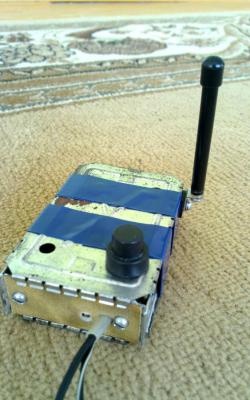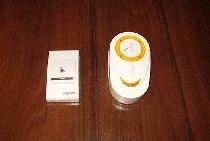In this article I will tell you how to make a simple and reliable version of a contactless key.
To begin with, I’ll explain what this key is, the point is that there is a transmitter on a battery and a receiver built into the device we need; we bring the transmitter to the device, and it starts working. The big disadvantage of our installation is the range, it is approximately 5 cm.
Before assembling the device, consider the diagram
Transmitter.
It is a conventional high-frequency generator (HHF) based on a block generator. I used the KT930 transistor, and the KT315 and all other npn transistors of the 3,6,9 series are perfect, basically they are all generator ones. The circuit can also be powered from a 1.5 volt battery, but the higher the supply voltage, the greater the range. Another flaw of this scheme is that the transmitter starts only after short-circuiting the base and collector, but it’s not difficult to make a start button.
Receiver.
Coil L3 comes into resonance with the transmitter, as a result of which an alternating current is induced in it, which is rectified and opens transistor T2 (MP20OS) and by means of all these machinations, relay K1 is activated to which you can now connect anything you like.
Enough theory, let's move on to practice.
Here is the required set of parts

And another relay.
We will also start the assembly with the transmitter, first of all we will wind the coil, take a round frame with a diameter of 5 cm and wind a wire with a diameter of 0.1 to 0.6 mm onto it; the thicker the wire, the greater the current consumption.
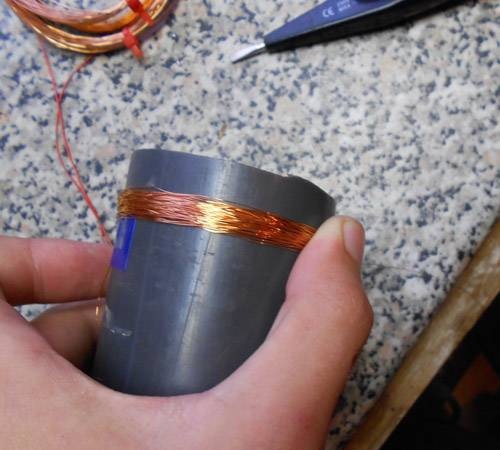
for L1 and L3 60 turns for L2 30 turns. After this, we solder the windings according to the circuit with the transistor and place one on top of the other
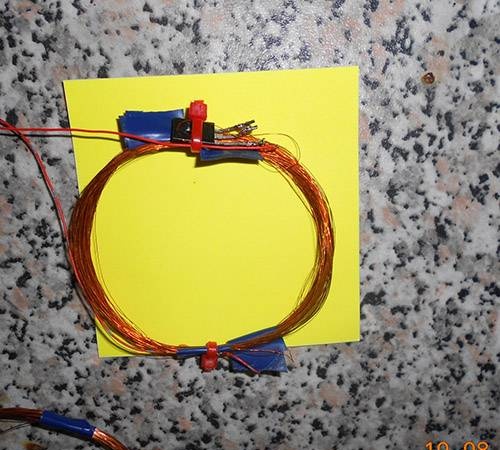
And we get a rather interesting setup if we connect coil L3 directly to the terminals Light-emitting diode You can get an amazing effect; you can even call it wireless energy transfer.
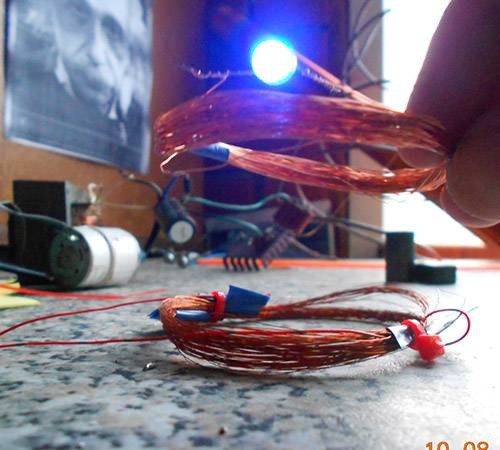
You can check it in the same way; if it doesn’t work, I repeat, close and open the collector and base, or turn over one of the transmitter windings, just grab it with your hand and turn it over. The field is also pierced by 338 sheets of glossy paper
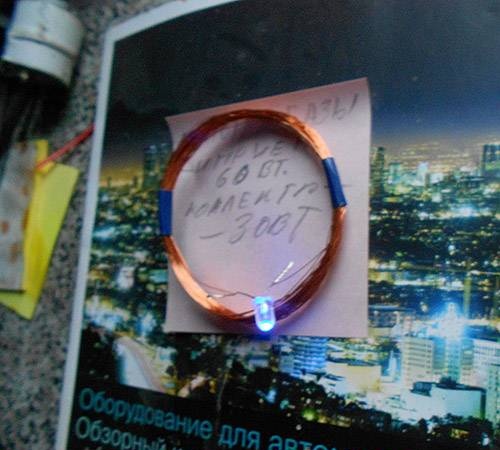
Therefore, the receiver can be easily hidden in the case of any device, only the case should not be made of metal

All that remains is to add the relays and electronics.
You can find a lot of applications for this device; it can be built into a PC case, but it is advisable to shield the receiver from the motherboard; this can affect the operation of both the receiver and the computer. I think there will definitely be a use for such a device. If not, then you can leave it Light-emitting diode attach the transmitter, for example, under the table, and put the receiving coil on the table, you will also get a very funny device.
Good luck to those wishing to repeat!
P.S. video with a visual demonstration of the receiver and the operation of the device

